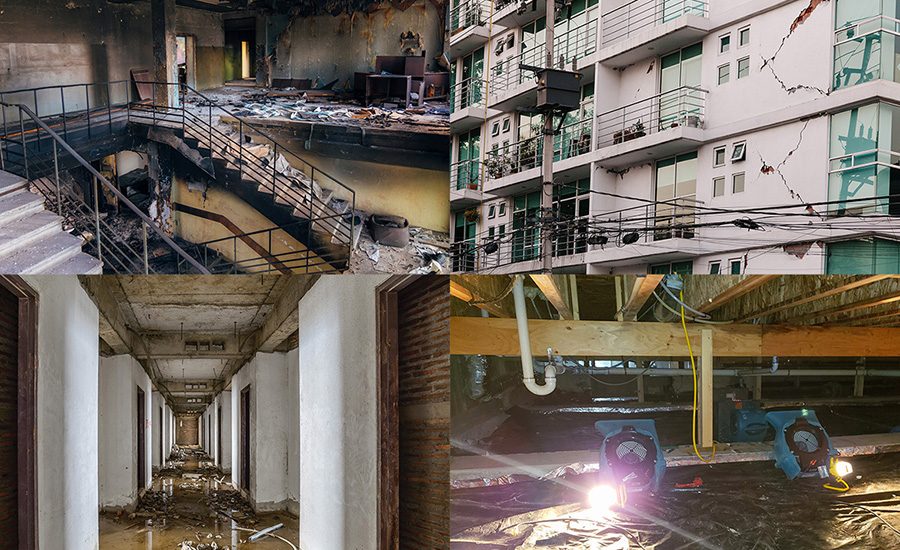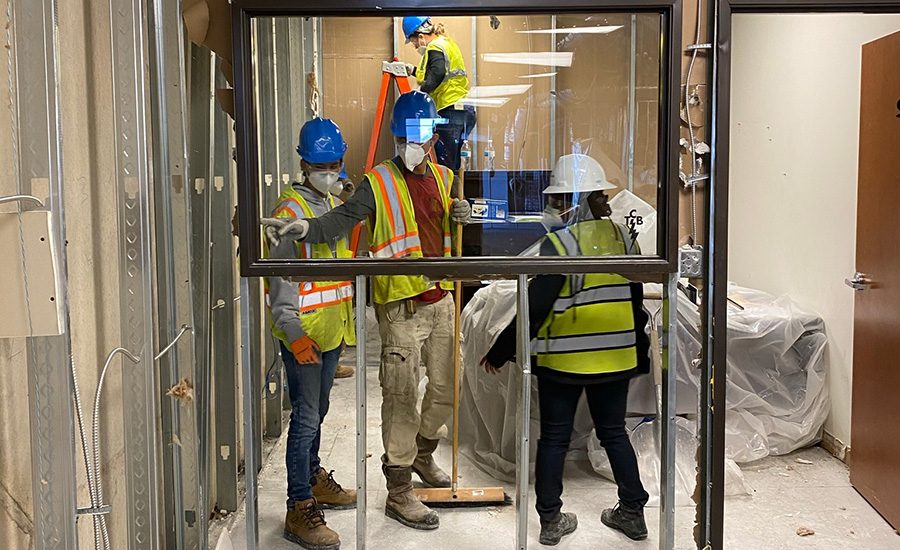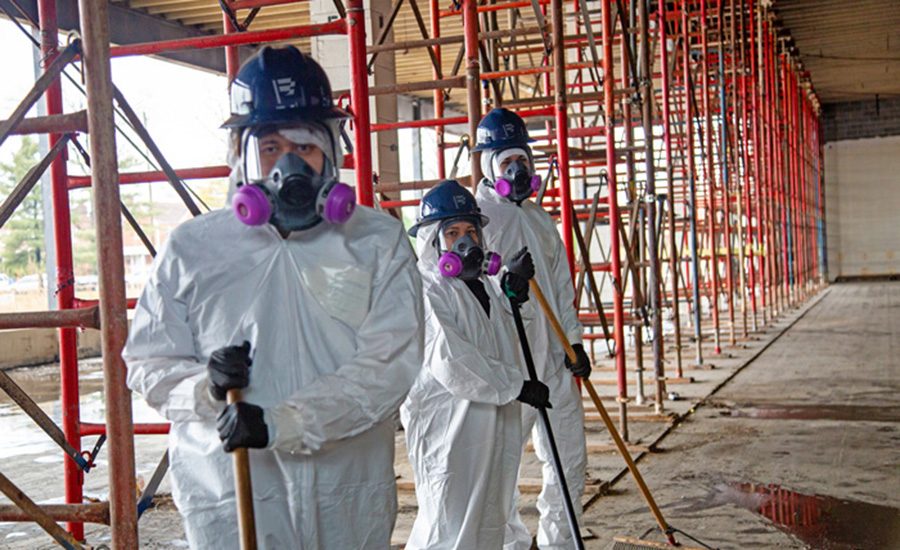The Reality of Hard Jobs and Tips on Managing Them
“The Hardest Jobs Are the Ones You’re Not Prepared For”

Photos credit: Getty Images

Photo credit: First Onsite Property Restoration

Photo credit: First Onsite Property Restoration



Numbers are quite often the gauge of how hard or easy a restoration project is: the magnitude of a storm, the acres of a wildfire, the speed of the wind. As I reflect on some of the more challenging jobs I have encountered this past year, all those stats we typically see — budgets, scopes, figures, totals, yields and percentages — aren’t the real indicators of what makes a job hard. Ultimately, the hard jobs are the ones you are not prepared for.
This past February when the polar freeze hit Texas, First Onsite opened 1,100 new projects in response to the storm. It was a record number of projects for the company. While there are inherent difficulties in the sheer volume of projects from this CAT event, I knew we had the support from our regions across the country, a dedicated national team, and the proper materials and equipment to manage the response. On a deeper, less tangible level, though, the successful response came down to three core things: planning, preparation, and partnership.
Planning - Raising the Bar
As a restoration partner and first responder to catastrophic events, quite a bit has changed in recent years due to climate change. The cyclical nature of storms, fires and the weather, in general, has gone from occurring seasonally every two to three years, to recurring on an annual basis. It requires a breadth and capacity to do what we once did in three-month stretches to year-round capabilities. This drives the number of specializations that are required for each project type.
The environmental, industrial, healthcare and many other industries require highly specialized restoration practitioners that are well-versed in their respective practices to get the job done right. This single fact is why planning is vital so that no one is left waiting for an estimate when something happens. As restoration experts, we have to know in advance what will be required when that CAT event happens. Knowing what the client demands with their protocols or what their expectations are must be communicated. That communication is the easiest way to make a job go smoothly for us and that is the part that ties right into the partnership. Becoming an integral part of their business and its survival means plugging into their contingency planning and knowing what it means to stop the clock on their business interruption.
Preparation - Anticipating Ever-changing Needs
We are kind of obsessed with preparation right now. That is a huge focus for us as we get calls from more complex business types with complicated facilities. The definition of what being prepared means is always changing, and we need to keep up with that evolution. We must anticipate new gaps or needs if we want to truly be of service. We have to adapt how we do things to serve our clients and take care of our team members. For example, COVID prompted us to make on-site healthcare available to our team members rather than requiring them to figure out the logistics from remote project sites. It becomes about what we're prepared to do in advance of what they need. This is especially true when you get into the healthcare industry. We have had to really change our methodology to ensure our team is trained and prepared to work in that space. The biggest part of breaking down a hard job is knowing the expectations and making sure our teams are prepared to meet and exceed them.
The biggest part of breaking down a hard job is knowing the expectations and making sure our teams are prepared to meet and exceed them.
Internally, preparation with our rapidly growing organization becomes about having a singular focus. If you aren’t on the same page operationally and weaving a singular command, then it can be a struggle with renegade mentalities. A singular focus allows us to operate more efficiently. The only way we handled 900 jobs is to have everybody rowing the boat in the same direction.
Partnership - Resources Beyond Expectations
One question I am frequently asked is how we ensure that we can handle a project. It’s all about whether we have a contingency plan in place. That is being a strong partner to the client. It’s not just during the event; it’s the other 360 days of the year when we invest time in getting ahead of the game with the right stakeholders so that everyone shares the same expectations for what will happen in the event of an emergency.
Does the client know what to expect from the partnership? It is the client’s ability to expect and accept the restoration contractors’ help. As strong partners, we ask hard questions. Do you have a contingency plan? Do you know what to do with your staff? Do you have a contingency plan for your data if your facility is affected, and is it in the cloud? If you get displaced, are you prepared to go somewhere else? There are many pieces that make a restoration contractor’s job much easier.
We are a resource and a partner to our clients. The more we know about their business and their mission-critical needs, the better prepared we are to help them. On a daily basis, we provide the support much as we do in storms and CAT events. We leverage our size and bring the specialty people in from other geographies to help the area that could be affected. This speaks directly to a job being hard. If you don’t have the resources and you’re not prepared with a plan then it will be hard. With a plan in place and the right partner that is prepared, a hard job can become a success story.
Looking for a reprint of this article?
From high-res PDFs to custom plaques, order your copy today!












